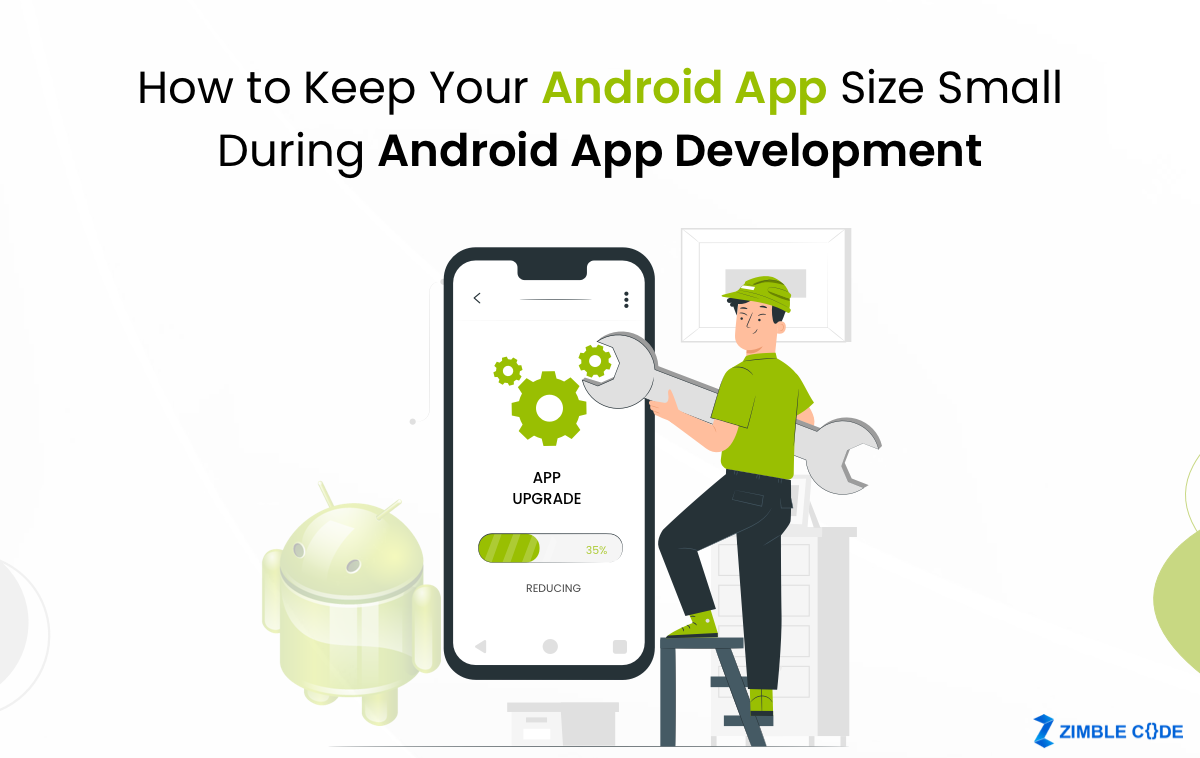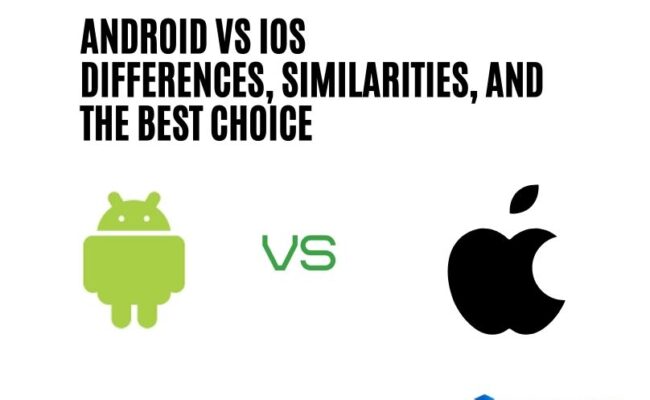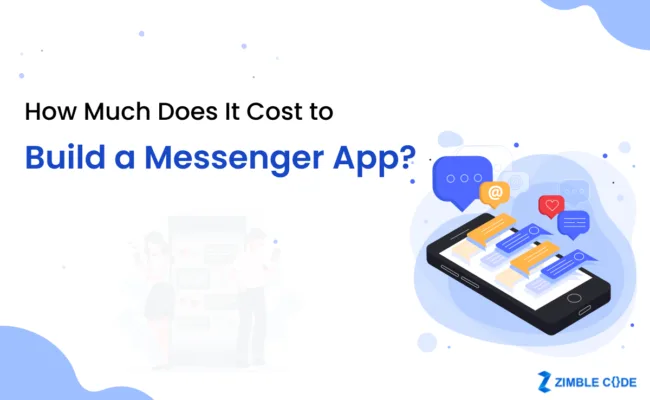It is common for apps to increase in size as developers are working to satisfy the user’s expectations by adding new features, and support a range of screen sizes. With an increase in app size, there is also a need for the expansion of mobile storage, which already tops 256 GB.
Though Android is used by 74% of people worldwide, about 70% of them take the size into account while installing an app. Additionally, when people get accustomed to quick gratification, they consider ways to download applications despite the fact that they eat up storage space.
All this ends up with the addition of burden on the Android customers facing common problems, such as their phones hanging up owing to large apps, despite the cloud’s support for photographs, videos, and data. That’s why it is important to look for alternative strategies to minimize app size while still adding substantial new features and considering the user experience and hire Android App Developers in Minneapolis accordingly.
What can be the strategies to deal with such problems?
Here are the top 8 techniques for shrinking app size in Android app development:
Technique 1: Reduce App Size using Android App Bundles
You have the option of using either an APK or an Android App Bundle when creating the release version of your app. The second choice will instruct Google Play to create an APK that contains only the functionality that certain users require. Android App Bundle is a publishing package that contains your app’s compiled code and resources and postpones the creation of an APK and Google Play sign-ups. The compressed download size limit for Android App Bundles is 150 MB. APK expansion files cannot be utilized with the app bundle.
Android Package Kit
- The APK file format, which is used by the Android operating system, is used for the distribution and installation of mobile applications, games, and middleware. APK is comparable to other software packages like APPX in Microsoft Windows or a Debian package on operating systems based on the Debian software distribution.
- Google Play stipulates that customers downloaded compressed APK files cannot be larger than 100 MB.
- Google Play hosts the expansion files for your app and provides them to the device at no cost to you. The device’s shared storage area is where the expansion files are stored (the SD card or USB-mountable partition).
Technique 2: Use ProGuard
One of the best tools for reducing your APK size is likely ProGuard. It minimizes the number of source code files and can shrink APK files by up to 90%.
- You can use it whenever you use “ProGuard” in any variation.
- It assists in preventing conflict when generating an APK or bundle if used across all variations.
- Since these data classes must adhere to the serialized format, users are usually unable to allow ProGuard to rename or remove any fields from them.
A @Keep annotation or a wildcard rule should be added to the entire class or all of your models as a safety precaution.
Read Also – Android App Development Trends That Will Dominate In 2022
Technique 3: Use Android Size Analyzer Plugin
You will receive suggestions from this Android Studio plugin on how to make your Android app development smoother. You may do the following with the APK Analyzer:
- View the DEX and Android resource files’ absolute and relative sizes in the APK.
- Recognize the structure of DEX files.
- Easily inspect the APK’s final iterations of files, such as the AndroidManifest.xml file.
- Evaluate two APKs in contrast with one another.
Whenever a project is open, there are 3 methods of obtaining the APK Analyzer:
- Drag an APK into Android Studio’s Editor window.
- In the Project window, go to the Project view, and then double-click the APK in the build/output/apks/ directory by default.
- From the menu bar, choose the option: Build > Analyze APK, then choose your APK.
Technique 4: Optimization of App Resource
Every resource uses memory, whether it is used or not. Therefore, it’s important to use memory efficiently and to only have the resources you actually need. In other words, before making a decision, you should take the image’s resolution into account.
Reusing is actually easier and more beneficial than removing. It’s a fantastic method to use your resources in different ways. It provides you with a fluid scrolling experience. You might use it to lessen the overall size of your Android APK. Resources that are only a rotational equivalent of another resource can be removed. Let’s say you have the skill to distinguish between different hues, tints, and directions in an image. For other photos, you might use the same resources, though. Remember to hire Android App Developers in Minneapolis and talk to them about it.
Technique 5: Removal of Redundant Code
Large libraries take up a lot of room, so it’s best to eliminate any items you don’t need if the library’s license allows it and if you don’t need them. It is crucial to understand a code’s footprint within a redundant system where it is automatically created while creating a mobile app. For instance, a lot of tools for protocol buffers might generate extra methods and classes.
These classes and methods are useless for the app. Instead, they only quickly increase the app’s size. To maintain the ideal app size without the burden of indulgent unnecessary sections, such repeating scripts must be deleted.
Technique 6: Shrink Your Images
The greatest and first choice for drawing people to a website is always higher resolution graphics. The newest mobile device has an excellent camera resolution; thus it makes sense to lower the resolution in order to minimize the image size. Your.jpg or.png photos must be converted to.webp if you don’t want to lose image quality.
Using photographs without cropping them may degrade the performance of the program. Convert your.jpg and.png pictures to web format before uploading or utilizing them in your app. You may also use pngcrush or Zopflipng for png files. You may use programs like packJPG and Guetzli for jpg files. You may also use vector graphics since they simplify images and make good use of available space.
Despite static resources, photos can do a lot. The framework is adequate at runtime to dynamically draw such graphics. Additionally, when developing small-scale apps, employing the Vector Drawables objects is a brilliant idea. Utilizing Vector Drawables is advantageous since these applications may function in a little amount of space within the APK file and produce images that adhere to material design guidelines. A potential conflict over the use of the CPU and RAM as complex objects should also be considered.
Technique 7: Support Only Certain Densities
Certain APKs contain stuff that users download but rarely use. For instance, add-ons like extra languages are often unnecessary but are nonetheless downloaded. This takes up extra storage space and makes the software bigger. However, this issue has motivated the developer to think of better ways to limit user-beneficial portions of an app to be downloaded. Unluckily, it is unable to get a helpful APK component.
You may submit the program to the Google Play store using the Android App Bundle, which enables Google to offer customized APKs based on device settings, to make it function more closely with these solutions. You may do this by splitting up one app into many APKs. You may do this by splitting up one app into many APKs. Following this, users may only download APKs that are advantageous for their particular device configuration.
Technique 8: Avoid Enumerations
Enumerations, especially when used with shared libraries or sophisticated systems, provide extra data to app files. Anywhere between 1.0 and 1.4 KB may be readily added to the classes.dex file of an application as a single one. If there are complicated frameworks or shared libraries, these might need a significant amount of high speed.
Therefore, it is preferable, clever, and smart to completely avoid enumerations. Professional app development solutions that convert enumerations into integers can help with this. Therefore, there will be fewer enumeration sizes. A great step toward developing tiny, useful, and engaging apps is anything that constantly limits app size.
When are you reducing your Android app size?
People are downloading a lot of apps to satisfy a variety of demands as smartphone storage capacity expands. However, as app sizes grow, customers are still having storage problems. With the help of a mobile app development Company in Minneapolis, USA, you can simply reduce the size of the APK file and optimize libraries with features. The most popular methods for lowering app size include utilizing vector graphs and compressing photos.









Leave A Comment